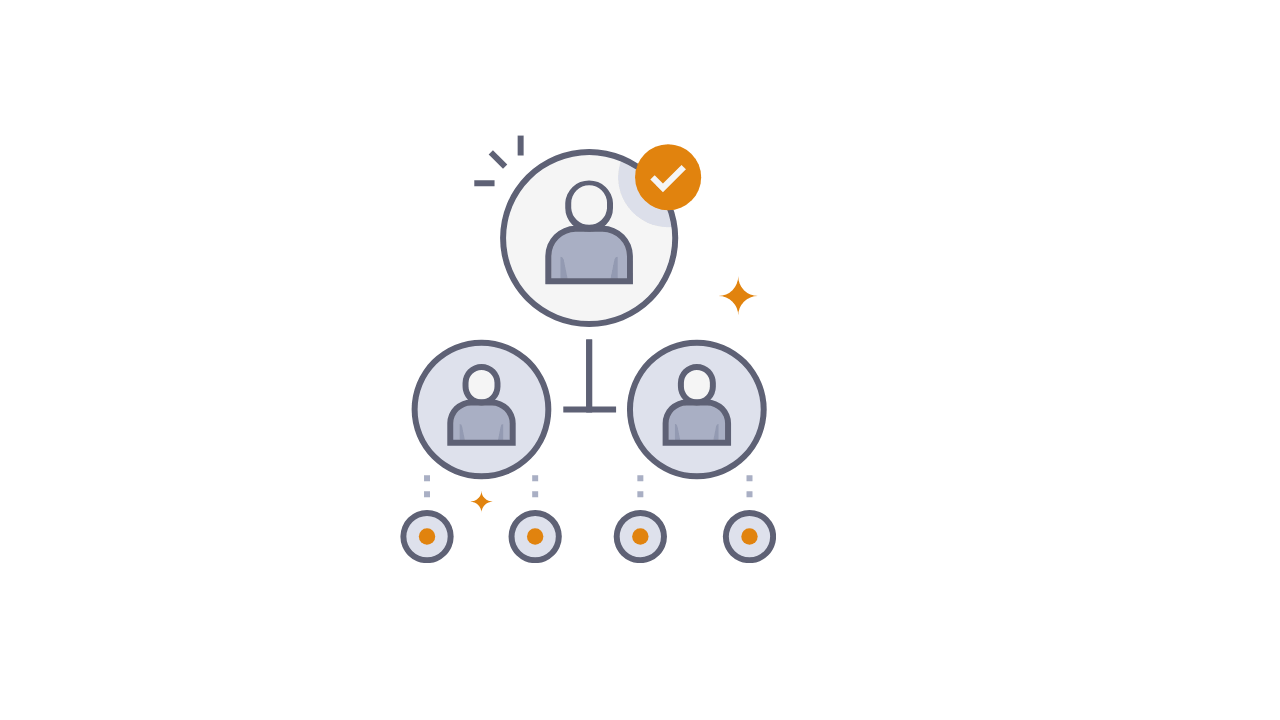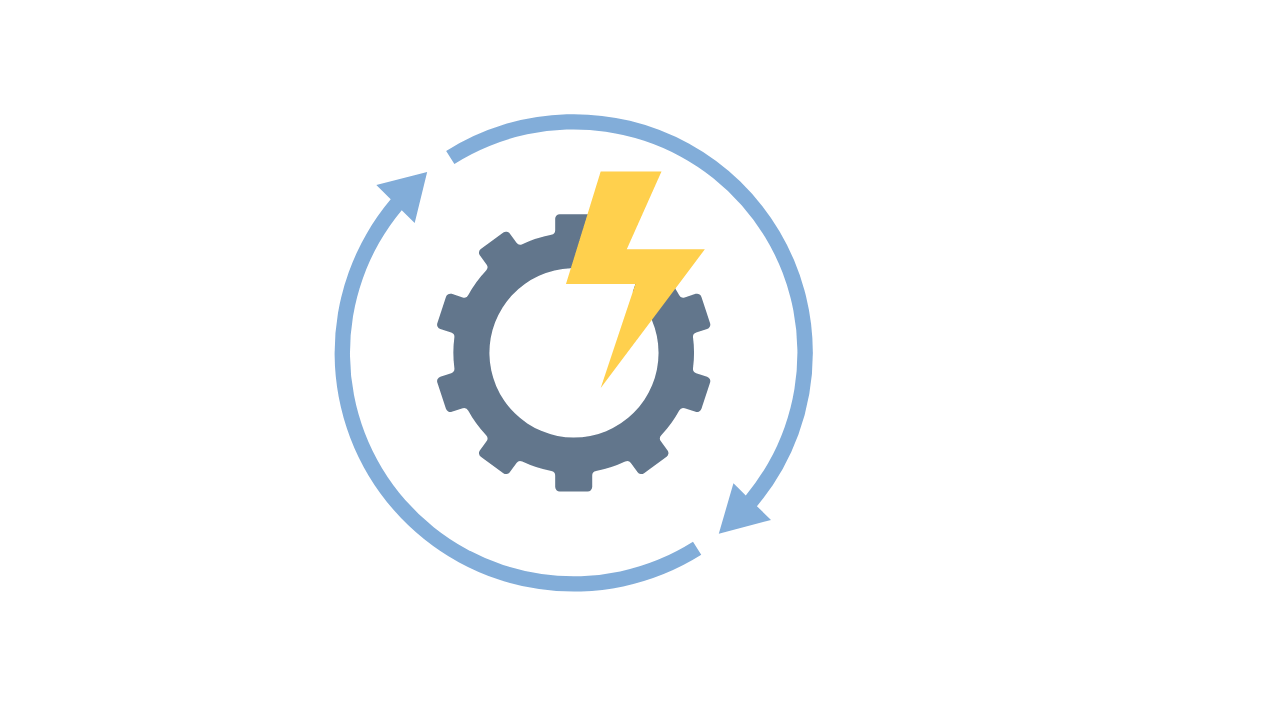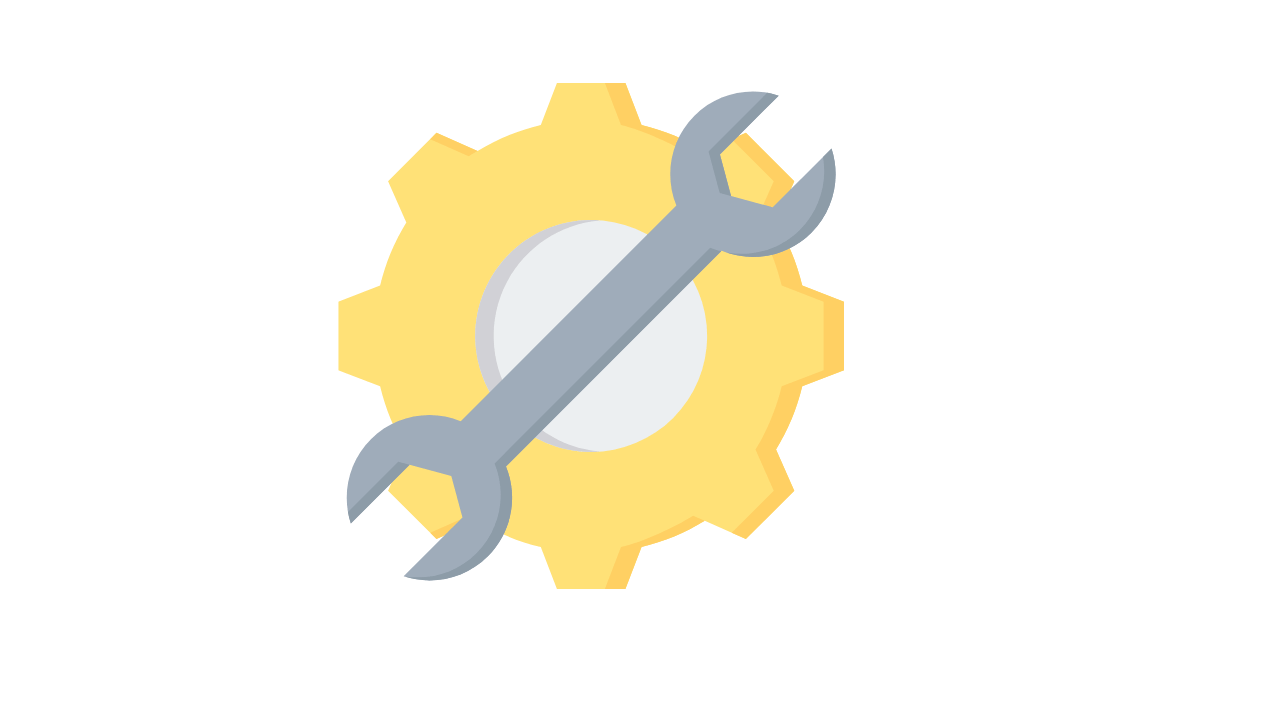Cloud application development has revolutionized the way businesses operate by offering scalable, flexible, and cost-effective solutions. Among the various cloud service models, Software as a Service (SaaS) stands out for its ability to deliver software applications over the internet, eliminating the need for complex infrastructure and extensive maintenance. Here’s a comprehensive overview of SaaS in cloud application development:
Software as a Service (SaaS) is a cloud-based service where applications are hosted by a service provider and made available to customers over the internet. Instead of purchasing and installing software on individual machines, users can access SaaS applications through a web browser, paying for the service on a subscription basis.
TALK TO AN EXPERT

A single instance of the application serves multiple customers, ensuring efficiency and cost-effectiveness.
Applications are accessed through a web browser, providing flexibility and ease of use.


Service providers manage updates and maintenance, ensuring users always have access to the latest features and security patches.
SaaS solutions can easily scale to accommodate growing numbers of users and increased workload. Benefits of SaaS for Businesses


SaaS eliminates the need for significant upfront investments in hardware and software. Subscription-based pricing allows businesses to manage their budgets more effectively.
Users can access SaaS applications from anywhere with an internet connection, facilitating remote work and collaboration.


SaaS applications can be quickly deployed, reducing the time to market for new solutions.
The service provider handles all maintenance, updates, and security, freeing businesses from these tasks.


Businesses can easily scale their SaaS usage up or down based on their needs without worrying about infrastructure limitations. Examples of SaaS Applications
Ensuring data security and privacy is paramount. Implementing robust encryption, access controls, and compliance with regulations (like GDPR) is essential.


A user-friendly interface and seamless experience are critical for user adoption and satisfaction.
SaaS applications should easily integrate with existing systems and third-party services to provide a unified experience.


Optimizing application performance to handle varying loads and ensure responsiveness is crucial.
Providing excellent customer support and clear SLAs to guarantee uptime and reliability builds trust with users.

SaaS has transformed the software delivery model, offering businesses an efficient, scalable, and cost-effective way to access and use software applications. By leveraging SaaS, businesses can focus on their core operations, enhance productivity, and stay competitive in a rapidly changing digital landscape. As the SaaS ecosystem continues to evolve, it promises even greater innovation and value for organizations of all sizes